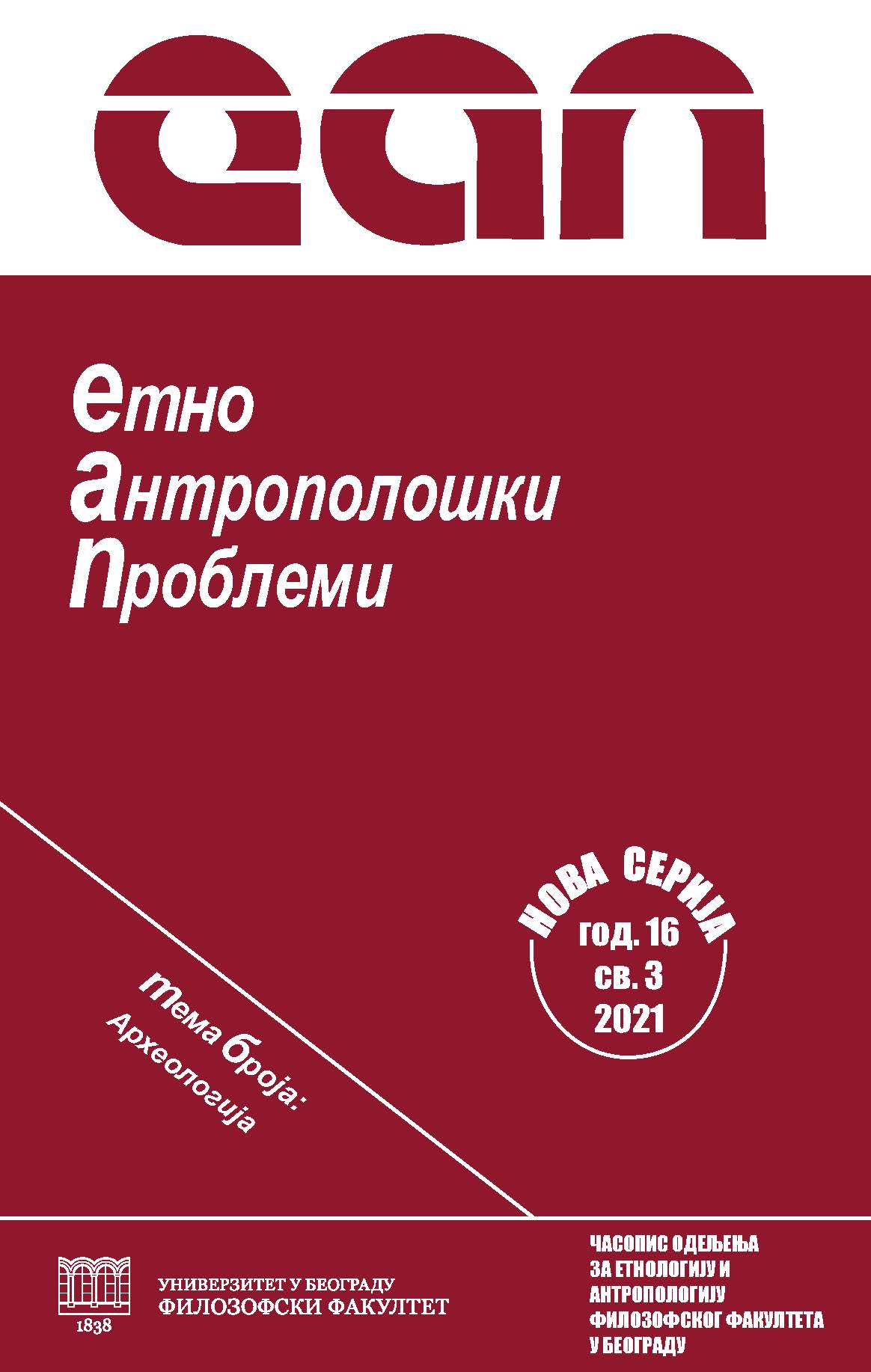Simbolika zelene boje u neolitu Srbije
The Symbolism of Green Colour in Neolithic of Serbia
Author(s): Radmila BalabanSubject(s): Archaeology
Published by: Филозофски факултет, Универзитет у Београду
Keywords: nephrite; jadeite; Neolithic; Serbia; stone; green colour
Summary/Abstract: The focus of this text is twofold. The first task is to reconsider the mode of interpretation of various small (4 to 10 cm) objects (axes, chisels, finger-rings, pendants), made of green minerals – jadeite and/or nephrite. These objects are registered on 15 sites in the territory of present-day Serbia, dated into the Neolithic period (6200/6000–4600/4500 cal BC). The second task is to lay out a short history of the green colour. As stated by Michel Pastoureau (Pasturo 2015), the pro-duction of a green pigment was almost impossible in the past, especially in praehistory. The first recorded attempts are linked to Ancient Egypt, and the oldest successful production of the green pigment is dated to Ancient Rome. Therefore, the text examines the symbolic role of these small green objects during the Neolithic.The beds of green minerals jadeite and nephrite are not recorded in the territory of Serbia. Jadeite may be found south of Skopje (Mt. Solunska glava), in the Cyclades in Greece, as well as in the Piedmont Alps. Nephrite is registered in the mountain Ogražden (SW Bulgaria), in Po-land, Sweden, and Italy. The absence of mineral layers in the region surely suggests the exist-ence of long-distance exchange. This raises the issue of the role and symbolic function of these objects – what was their appeal for the past communities and what was the role of their colour in their manufacture?In archaeology, the studies in symbolics of various colours are rare. Authors have mainly fo-cused upon the origin of the colour and the dating of the objects, but the role of the colour itself as the criterion in choosing various raw materials has largely been neglected. Notable is the ex-ception of the thematic collection “Colouring the Past: The Significance of Colour in Archaeo-logical Research” (2002), where attempts have been made to explain the symbolic importance of various colours in the past. However, the colour green is not mentioned. This paper does not aim to offer final solutions, but to investigate the usage and importance of the colour green on the grounds of the usage of the objects themselves.
Journal: Етноантрополошки проблеми
- Issue Year: 16/2021
- Issue No: 3
- Page Range: 699-721
- Page Count: 23
- Language: Serbian

